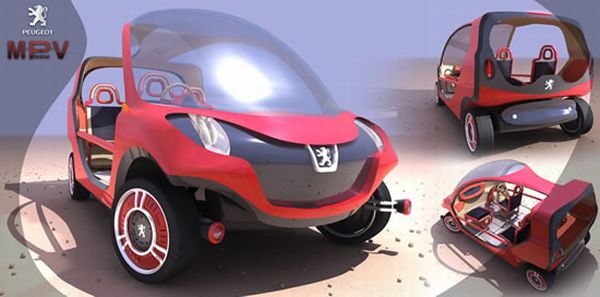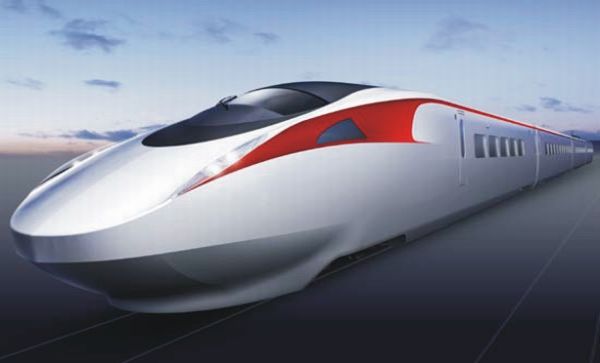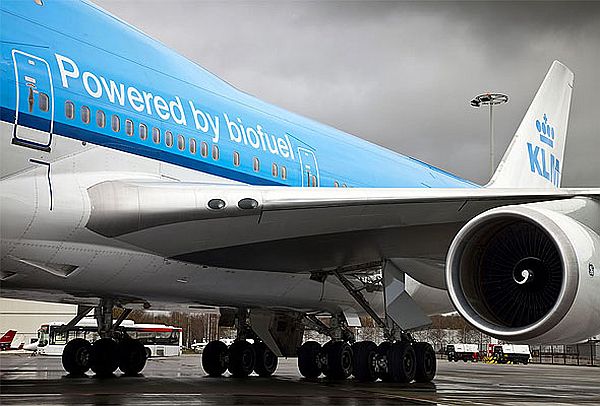
As we know it
Till date, there have been many companies that have made use of algae as the means of biofuel and thus have based many investigations on them as well. Nevertheless, the EADS, the manufacturer and supplier of many defense and transport aircrafts and airbus have led to the completion of a successful algae based biofuel technology. Although there have been quite a few technologies that have flown planes successfully utilizing the biofuels, most of them have only been a mix of the algae and the fossil based biofuel, that have been one of the many engines in the jet. However, despite the various strategies that have been employed, the question still remains as to how can they be made more effective, especially when it comes to powering large jets and airplanes as a whole.
Need for change
However, despite the various pros and cons, there is an alarming need to lay hands off the conventional fossil-based fuels and switch over to some new technology, such as the biofuel. There has been a target set by many to launch up biofuel in the next forthcoming years. This is primarily because of the emissions that have been let out into the atmosphere. Although, aviation contributes to just 2 percent of the total pollution that is caused, there is a pressing need for the change. It is inevitable that these emissions need to be controlled and thus usage of biofuels can contribute to a major part of the change. In line with this view, all this can be made possible only if the present biofuel activity is enhanced and new potentials are identified.
Whatâs next?
1. Virgin Galactic Spaceships
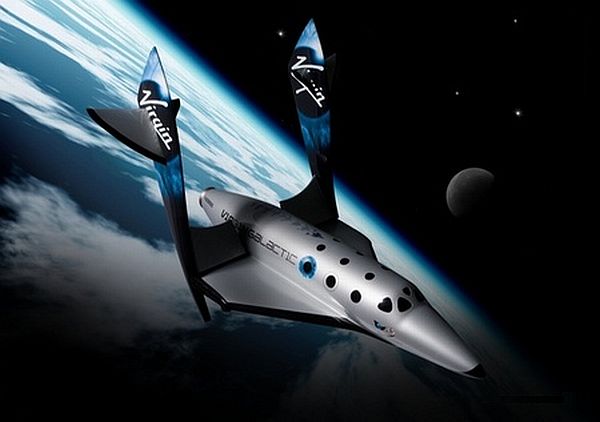
This could sound incredible, but is absolutely true. It was earlier this month that the President of the Virgin Galactic Spaceship has announced that there are plans set for the âVirgin Groupâ to go green very soon. It seems as though space travel will be more exciting going the green way. Virgin Fuels are now working on various types of biofuels to power their Mothership Eve. This is the spacecraft that is specifically designed to launch the spaceship into the orbit of the earth.
The organization is working on Biobutanol, an effective biofuel derived from the algae, in order to power the Spaceship Two Spacecraft. So far the traditional test flights of Mothership Eve have only used kerosene as the fuel and the president Mr. Whitehorn states that the total emission would be only up to 60 percent when compared to the flight trip from New York to London. All fingers crossed, because if Virgin succeeds with this attempt, it is sure to make all the detractors to close up.
2. Boeing 747-8 Freighter

Apart from the conventional algae-based biofuels, the Camelina is one unique source of biofuel that is grown with the pure intention of extracting biofuel. Apart from being used as a cattle feed, Camelina is also an extremely useful source of biofuel as well as a biolubricant. The seeds are extremely rich with more than 30 percent of oil and have been used as a means of biofuel successfully by the US Army and the Navy.
This technology in conjunction with kerosene has powered the Boeing 747-8 in the transatlantic flight. The technology developed by Honeywell has aided in the significant reduction of carbon emissions and thus, have modified the function and the working of the engines to a great extent. It is also noteworthy that the Boeing aircraft have demonstrated an increase in performance when tested with these biofuels and thus, with the growing peak of the prices in aviation fuel, it is apparent that Camelina holds a strong chance. With superior mileage and performance, it is assumed that the Boeing 747-8 will reduce the amount of emission that is actually released in the atmosphere when compared to the conventional fuels that are used.
3. Biofuel Powered Supersonic Rocket Plane
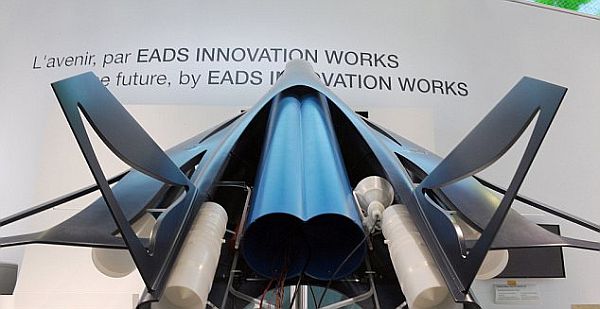
It is apparent that the future of commercial travel will take a huge leap. As mentioned above, the EADS has already revealed its secretive plans of developing a biofuel-based rocket plane that is designed to carry passengers from Paris all the way up to Tokyo. All this and more is achieved within a short time frame of just 2.5 hours. It implies that the flight is crafted to purse at a speed of more than 5000 kilometers per hour in conjunction with zero emission in the atmosphere. The only exhaust that is presumed to be released is the water vapor, which would eventually fill up the space and pour down as a heavy shower.



